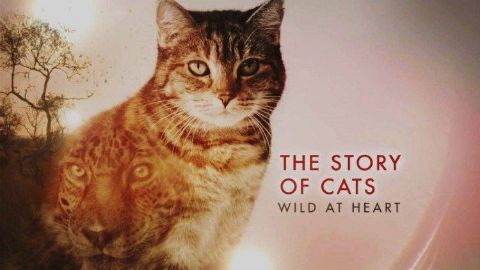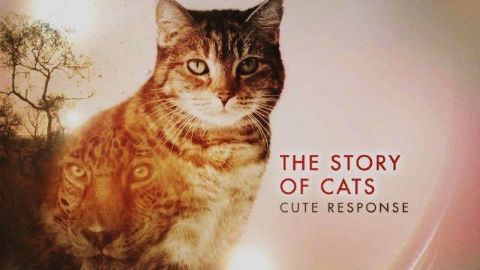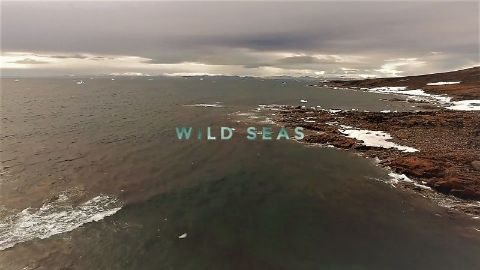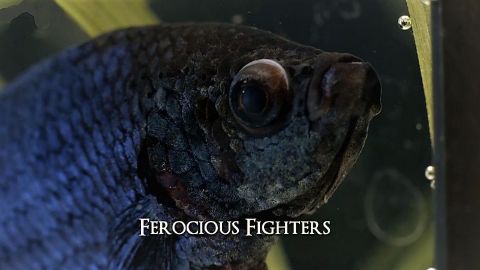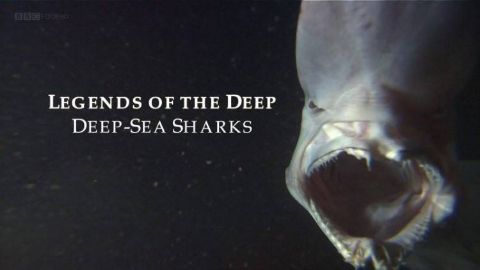Super Cats • 2016 • episode "S1E3" • The Story of Cats
Cats are said to hate water, crave warmth and only eat meat. But in episode three, Super Cats, viewers are introduced to the wild cats that break all the feline rules. From jaguars with sub-aqua skills to tigers that can survive temperatures of minus forty, the programme reveals how cats have developed super powers to survive in the most unlikely landscapes. As well as the iconic big cats, in this final episode viewers get a glimpse into the lives of the most rare and strange cats of all – including a real-life Garfield recently discovered living high in the Himalayas. It’s revealed how the cats’ ability to adapt to extremes has made them some of the most successful predators on the planet.
Make a donation
Buy a brother a hot coffee? Or a cold beer?
Hope you're finding these documentaries fascinating and eye-opening. It's just me, working hard behind the scenes to bring you this enriching content.
Running and maintaining a website like this takes time and resources. That's why I'm reaching out to you. If you appreciate what I do and would like to support my efforts, would you consider "buying me a coffee"?
Donation addresses
BTC: bc1q8ldskxh4x9qnddhcrgcun8rtvddeldm2a07r2v
ETH: 0x5CCAAA1afc5c5D814129d99277dDb5A979672116
With your donation through , you can show your appreciation and help me keep this project going. Every contribution, no matter how small, makes a significant impact. It goes directly towards covering server costs.
